Trees attempt to close wounds by sealing or compartmentalizing the affected area, naturally. Tree trunk damaged by construction crews that develop wood rolled around the edges to eventually seal the wound. Pruning cuts will develop callus tissue in the exposed tissue resulting in wounded wood. Trees close wounds in two separate processes that create chemical and physical boundaries around damaged cells.
First, they produce what is sometimes called a reaction zone, altering the chemistry of the existing wood surrounding a wound and making it inhospitable to the decomposition of organisms. Then, they build a barrier zone to compartmentalize the injured tissue with new tissue called “callus” or “wood from the wound that grows outward. If everything goes according to plan, callus growth covers and seals the wound and allows new, uncontaminated wood to grow above and beyond it. When a tree is injured, the injured tissue is not repaired and does not heal.
Trees don't heal, they get sealed. If you notice an old wound, you will notice that it does not “heal from the inside out, but eventually the tree covers the opening, forming a “specialized” callus tissue around the edges of the wound. After the wound, the new wood that grows around the wound forms a protective boundary that prevents infection or decay from spreading to the new tissue. Therefore, the tree responds to the lesion by “compartmentalizing” or isolating the older injured tissue with the gradual growth of new and healthy tissue.
Trees don't heal wounds like other living organisms do, they seal them. As trees cannot replace damaged tissue, they have developed a smart way to treat life-threatening wounds. Through a process called compartmentalization, a tree seals damaged or diseased areas by forming walls around it, which literally enclose it, allowing the tree to grow around it and flourish. Once a wound occurs, the fungi that cause tooth decay can enter the heartwood and the process of decay begins.
The wood around the wound begins to produce special compounds in the wooden cells that establish a wall or barrier to isolate the infected area. In a vigorous tree, new shoots continue to form and add to healthy wood. Once compartmentalized, discoloration and decay will not spread any further unless one of the barriers is broken. Ringing occurs when the bark is completely damaged around the tree and often leads to the end of the tree.
GoTreeQuotes matches you quickly with the 3 local tree surgeons to get 3 estimates of the most affordable tree services near you. Mangroves are a specialized type of tropical tree that grows partially submerged, often in saltwater swamps. Homeowners involuntarily kill a tree when they remove the roots from the surface to make it easier to cut the lawn or allow the soil under a tree to compact when driving over it. When the bark of the tree is damaged, with a little knowledge and professional help, you can decide if the tree needs to be removed or if it will heal and continue to provide shade and beauty.
It is best to remove the tree and destroy the wood to prevent it from spreading to nearby trees and shrubs. This fact sheet discusses the responses of trees to injuries and what can be done after the injury to keep the tree healthy. Understanding how the wound response works in trees highlights another difference between the way the process works in trees and people. As I mentioned before, contacting a professional woodland service will help you determine if saving your tree is a feasible option.
According to the Department of Environmental Conservation, when the bark of the tree is missing or damaged, it can weaken the entire tree. If the tree is actively growing, you may not need sealants because the tree will close the damaged tissue on its own in a few days. This situation can be repeated many times over the life of an individual tree, so a long-term plan for tree care is essential for the continued health of your trees. .
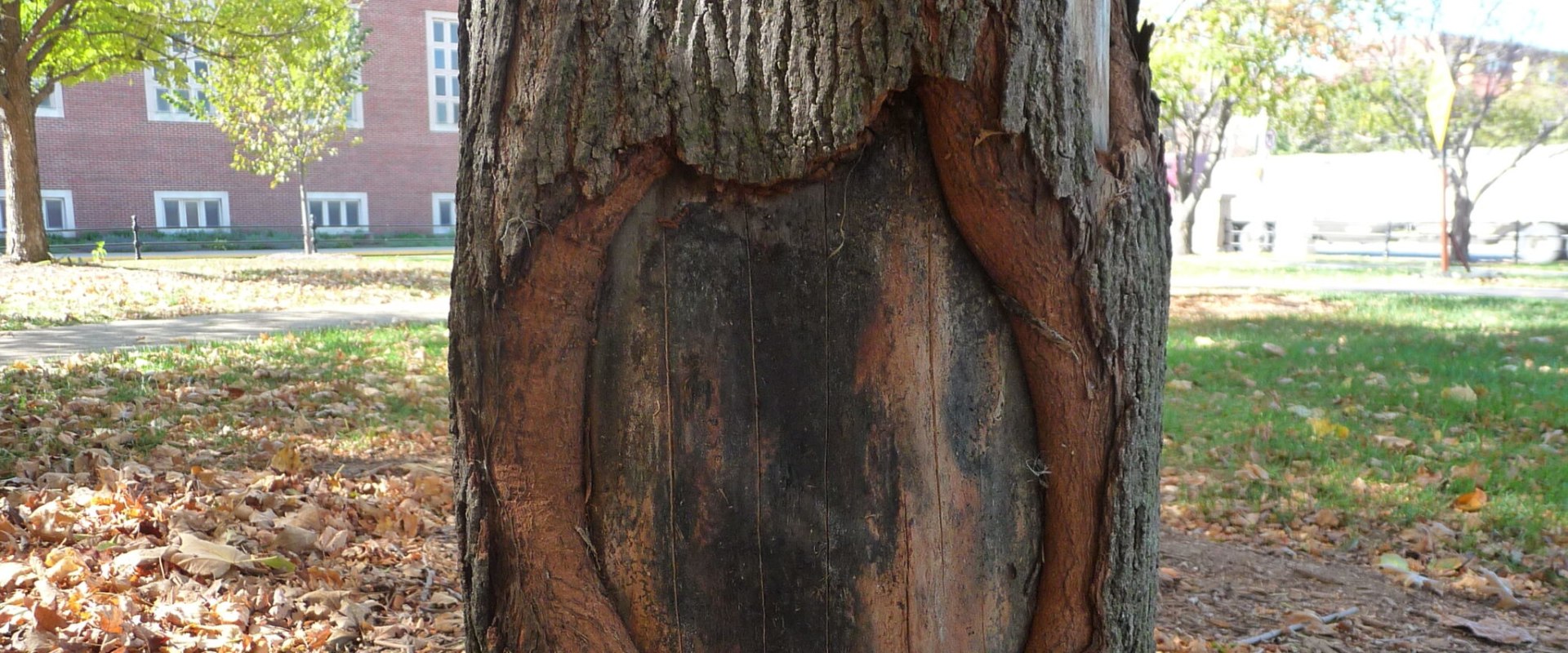
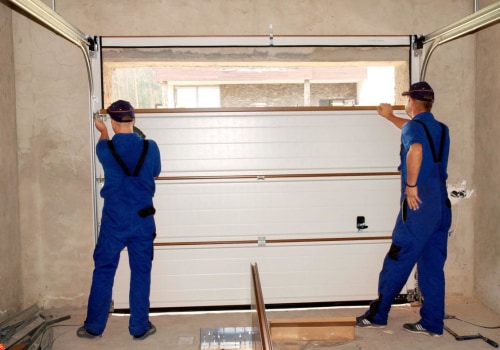
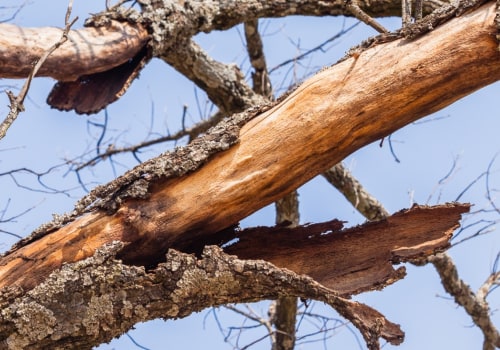
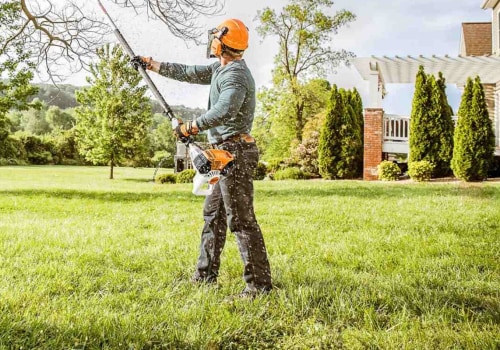
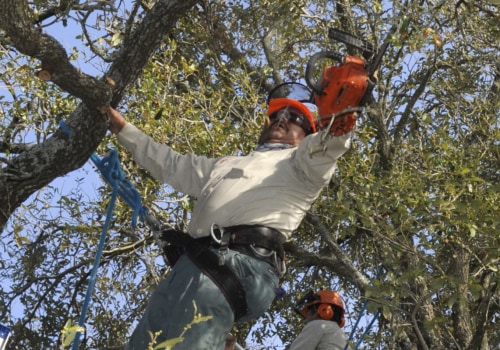
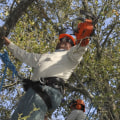
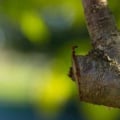
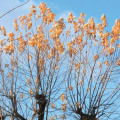
Leave Reply